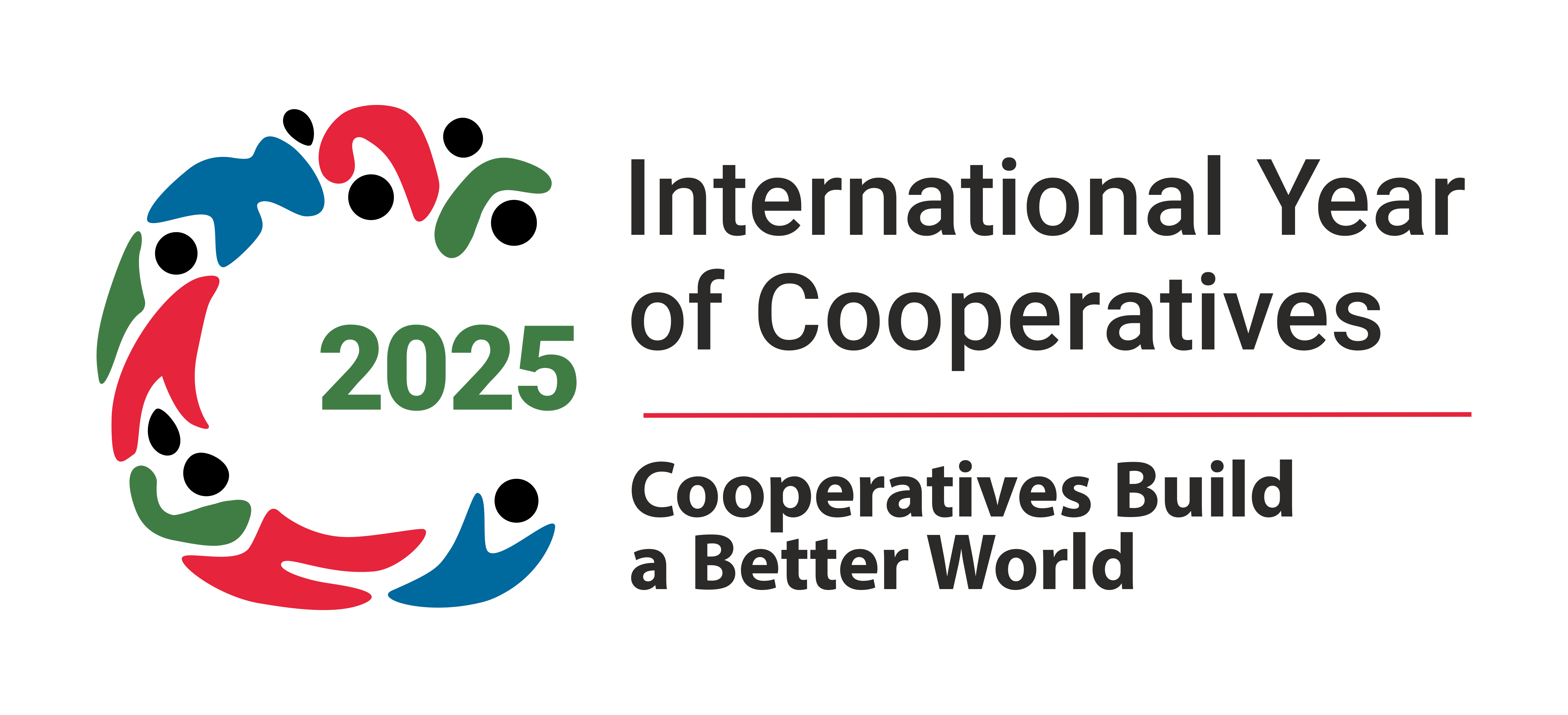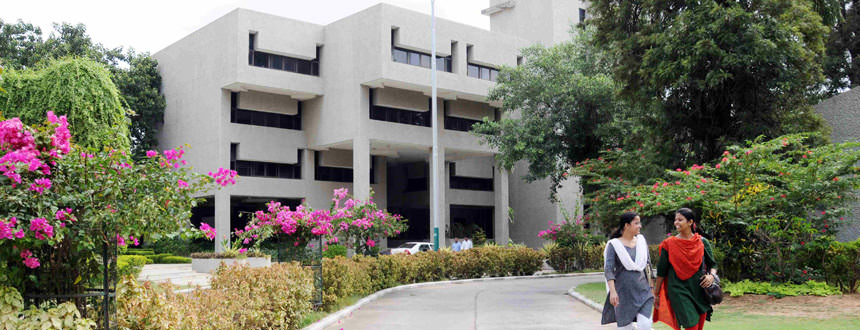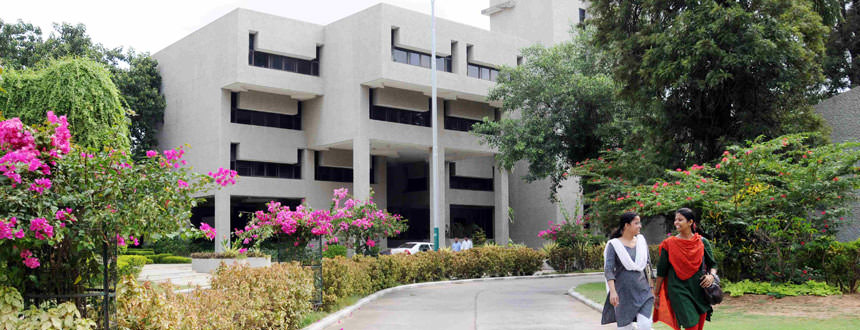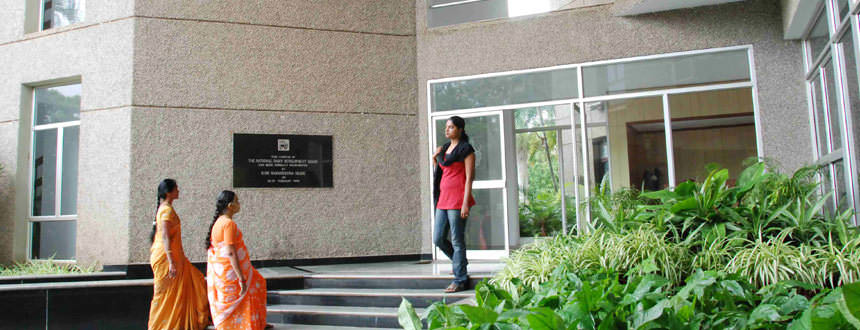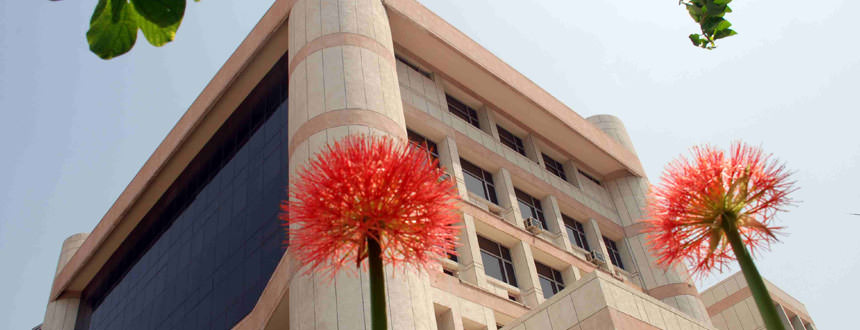Valedictory address by Shri Meenesh Shah, Chairman, NDDB in "TEMPORA 2022” of IIPM, Bengaluru 30 April, 2022
Prof. Rakesh Mohan Joshi, Director, IIPM
Ms. Sheeja, Head HR, APPL
Faculty members
Other dignitaries and the brilliant young minds
I am honored to have been invited to make this valedictory address today, on the conclusion of TEMPORA 2022.
We Learn More When We Learn Together. We rarely grow alone. In fact, some psychologists say that we only grow in connection with others.
Therefore, my compliments to the IIPM team for successfully organizing this event by attracting best talents from 185 universities and providing them a wonderful platform to come together, learn together and showcase different shades of their skills, talents, creativity and knowledge.
I also appreciate the enthusiasm with which each one of you have participated in this event and I am sure that all of you must have had two very productive and enriching days and a lifetime of shared memories and connections.
Having worked for more than 36 years in the dairy sector at National Dairy Development Board (NDDB) providing managerial and technical support to different dairy cooperative institutions all across the country, I have a deep admiration for the efforts being put in by Indian Institute of Plantation Management to realize the potentialities of the plantation sector in our country through management education and training. This is somewhat closer to what we have been doing at NDDB i.e., to create avenues for making the most of rural population’s potential productivity using dairying as a tool.
Our country has come a long way from being a milk deficit nation to becoming an Aatmanirbhar nation in milk. Today, milk is the single largest agricultural commodity contributing 5 percent to the national economy and giving employment to more than 8 Crore rural households directly. While it is mass production in the west, it is production by masses in our country. Milk was valued at Rs 8.4 lakh Crore in 2019-20 – more than the combined value of cereals and pulses.
Milk production in India has grown by more than 6 percent per annum during the year 2014-15 and 2020-21 as against global growth rate of about 2 percent. As a result of prudent policy interventions from time to time, India continues to be the largest milk producing nation in the World since 1998.
India achieved an annual milk output of 21.0 Crore tonnes during the year 2020-21 as compared to 14.6 Crore tonnes in 2014-15. India alone contributes to about 22 percent to the global milk production, which is even more than that of the combined production of all European Union countries.
I hope, therefore, that it will be acceptable to you if I speak today on some of the key management practices/strategies adopted for planned and systematic promotion of dairying and subsidiary activities and professional management of dairy cooperatives as a means for the realization of a variety of developmental and welfare objectives in our country. Needless to say that these practices and strategies are applicable to any agri commodity related management.
First is Institutional Development.
The traditional private trade in milk can serve very limited purpose. Person to person interaction between milk producer and the trader has very little value since the trade concentrates on the single objective of realising profits. On the other hand, the dairy cooperative institutions approach dairying not merely as milk collection activity but as an integrated production, processing and marketing operation culminating in improving the farmer’s income and productivity.
The dairy development strategy through dairy cooperative institutions has attempted to promote a grass root level democracy that would have the participation of producer members irrespective of their size of landholding and social classifications. The essential features of these institutions are:
- elected Boards of member constituents (village cooperatives, milk unions and federations);
- bye laws ensuring democratic and accountable operations; management and ownership of assets ( dairy processing, marketing, productivity enhancement ) by cooperatives;
- autonomy of decision making related to pricing, marketing and appointment of key personnel and use of professional managers.
While profit maximization is not the objective of these cooperatives, it is expected that these cooperatives must operate viably so as to ensure payment of remunerative prices to the members.
2nd is Human Resource Development
The viability, growth and excellence in dairy cooperatives manpower development activity has been viewed as one of the key tasks in different dairy development programmes over the years.
The dairy industry is perceived as an integrative system with a multi-tier approach for developing manpower starting with specific programmes for the top managers, policy makers, employees of the cooperative at all levels on the one hand, and the members, governors of the cooperatives- who are to own the system-on the other. Thus, men and women with different levels of skills, technical as well as managerial, participate in these programmes of manpower development programme.
3rd is Use of technology
In dairy development strategy of India, technology is seen as an instrument of change in productivity, efficiency and socio-economic well-being of the farmers. In dairy cooperatives, technology plays a significant role, for example in milk collection by proper testing for fairness in payment, in transportation and processing for maintaining shelf life, quality and value addition and in marketing for hygienic and timely distribution.
Technology application in milk processing and marketing is primarily to obtain economies of scale and to allow the producers an access to urban market. Today with the Information and Communication Technologies available at our disposal we can definitely reach out to farmers with the latest innovations in the shortest span of time. However, these technologies are required to be cost effective and user friendly so that these can be scaled up.
4th is Productivity and Input Use
Technical input programme has been a key highlight of the dairy development programmes implemented in India. It has been observed that in response to demand and better pricing, farmers invest improved resources to increase milk production. Inputs in the form of feed supplements, health care facilities, genetic improvement of milch animals, immunisation, and effective utilisation of crop residues contribute to productivity enhancement.
5th is the Market Orientation
Dr Kurien always used to say that if there is no Bombay, there would not be Anand model for dairying.
We have experienced that the organizations who have succeeded in the dairy sector had a distinct focus on the marketing- be it reaching out to consumers or creating a new set of consumers. The expenditure on marketing are actually investments. Dairy Cooperatives have been able to payback about 70% of consumer rupee to milk producers which is highest in the World.
6th is Qualified Professionals.
Our founder and the Father of the White Revolution Dr. Verghese Kurien used to say “India’s place in the sun would come from the partnership between wisdom of its rural people and skills of its professionals.”
The Cooperatives or any of the business entities need to be managed by professionals. However, what we need in rural sector is not just professionals but committed professionals having zeal to work for the sector.
Today, I see hope in the upcoming generation of educated young people-many of them represented here today. I see hope in the increasing awareness of the fact that the cities and the villages have mutual interests. Awareness of the fact that Cities need what the villages are producing and villages need the skills that at present are mostly confined to cities.
Dr Kurien’s message to professionals was simple “Maintain a Mastery of your subject and practice your profession honestly for the benefit of the people who need it most”.
However, this path is not easy. But the rewards can be great. No other country is blessed with the kind of resources that we have. Our long established culture, a vast array of natural resources, millions of diligent farmers.
And now a remarkable pool of motivated, educated young people like you.
All the tools are with us, in our hands to work with unwavering zeal to respond to new and diverse challenges for transformation of our rural society and build India of our dreams.
With this I conclude.
Once again, I thank all of you for inviting me on this occasion and giving me this opportunity to share some of my thoughts.

